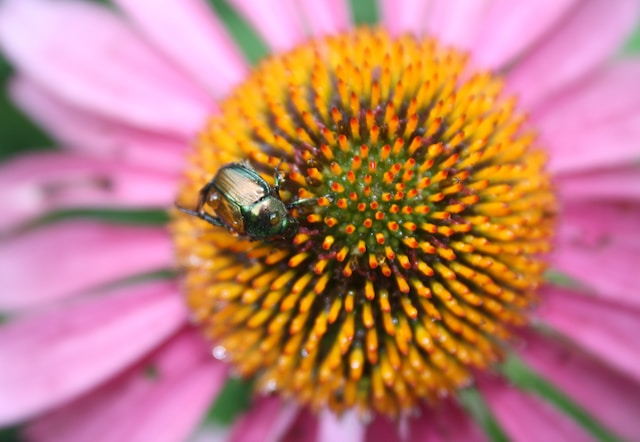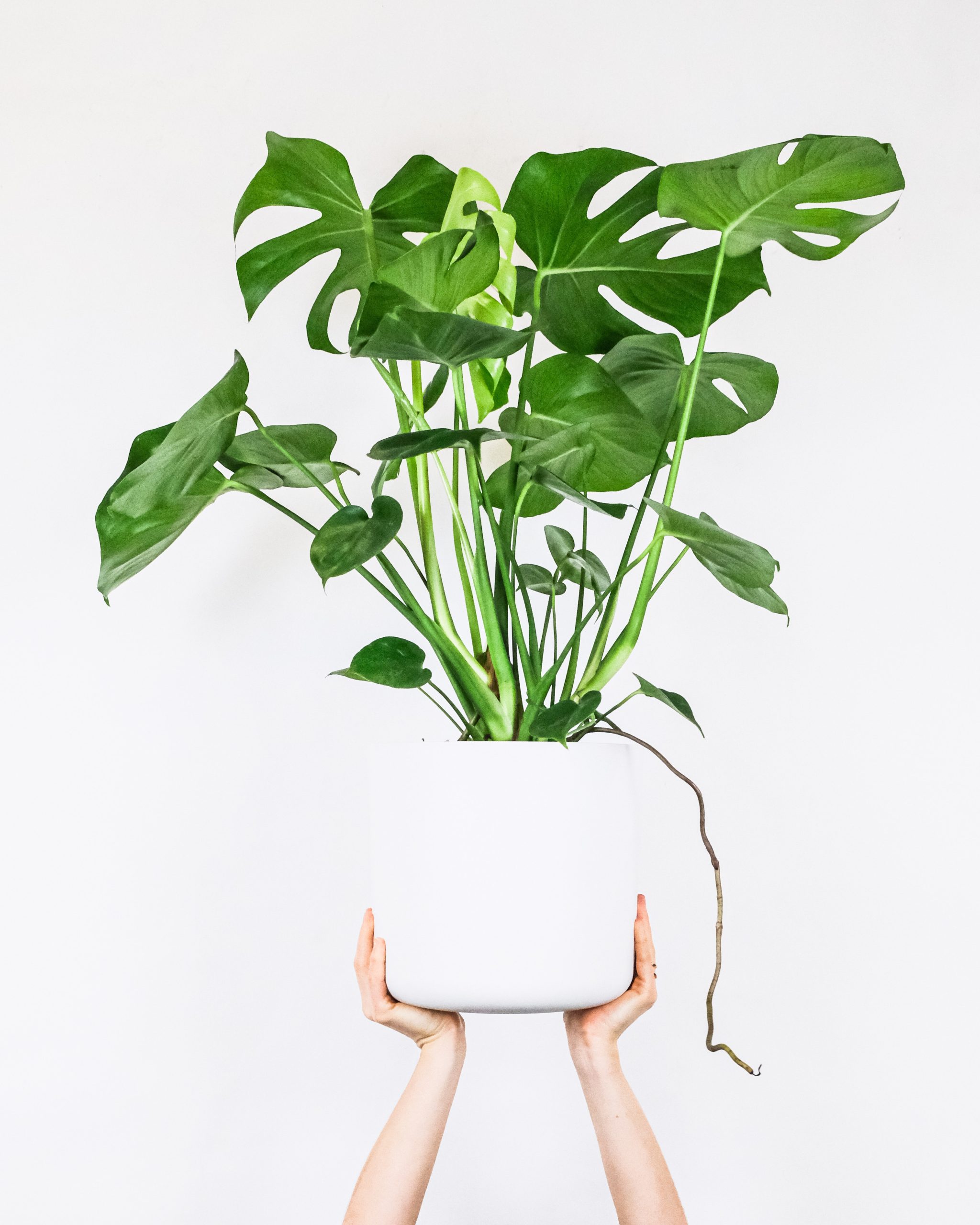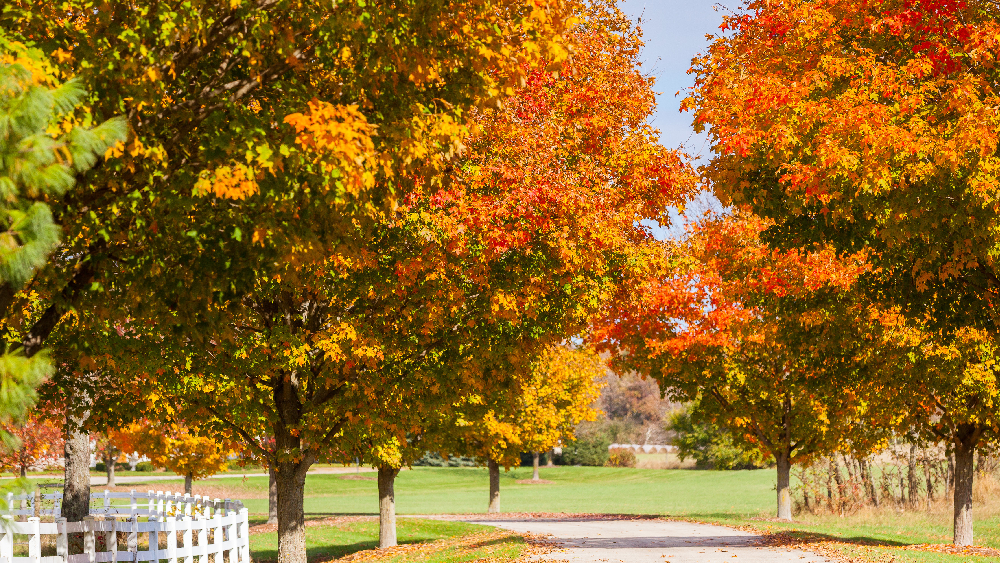Pollinators, such as bees, butterflies, and hummingbirds, play a crucial role in our ecosystem. They help to pollinate plants, which in turn produce the fruits, vegetables, and nuts that we rely on for food. However, pollinators are facing numerous threats, including habitat loss, pesticide use, and climate change. One way that we can help to support pollinators is by creating a pollinator garden. But not all plants are created equal when it comes to supporting pollinators. In this article, we will explore the importance of native plants in your pollinator garden.
What are Native Plants?
Native plants are those that have evolved in a particular region over thousands of years. They are adapted to the local climate, soil, and other environmental conditions. Native plants have co-evolved with local pollinators, which means that they are often the best sources of food and habitat for these important insects and animals.
Why are Native Plants Important for Pollinators?
Native plants are important for pollinators for several reasons. First, they provide the right type of food for local pollinators. Many non-native plants do not produce nectar or pollen that is accessible or nutritious for local pollinators. Second, native plants provide habitat for pollinators. They offer shelter, nesting sites, and other resources that are essential for the survival of these insects and animals. Finally, native plants are often more resilient to local environmental conditions, such as drought or extreme temperatures, which means that they are more likely to survive and thrive in your garden.
Examples of Native Plants for Your Pollinator Garden
There are many native plants that you can include in your pollinator garden. Here are just a few examples:
1. Milkweed: Milkweed is a critical plant for monarch butterflies, which rely on it for food and habitat. It also attracts other pollinators, such as bees and hummingbirds.
2. Goldenrod: Goldenrod is a late-season bloomer that provides an important source of nectar for pollinators in the fall.
3. Wild Bergamot: Wild bergamot, also known as bee balm, is a favorite of bees and butterflies. It produces beautiful pink or purple flowers that are both attractive and nutritious for pollinators.
4. Joe-Pye Weed: Joe-Pye weed is a tall, showy plant that produces clusters of pink or purple flowers. It is a favorite of butterflies and bees.
5. Black-eyed Susan: Black-eyed Susan is a hardy, drought-tolerant plant that produces bright yellow flowers. It is a favorite of bees and butterflies.
Conclusion
Creating a pollinator garden is a great way to support local pollinators and help to protect our ecosystem. However, it is important to choose the right plants for your garden. Native plants are the best choice, as they provide the right type of food and habitat for local pollinators. By including native plants in your pollinator garden, you can help to ensure that these important insects and animals have the resources they need to survive and thrive.











